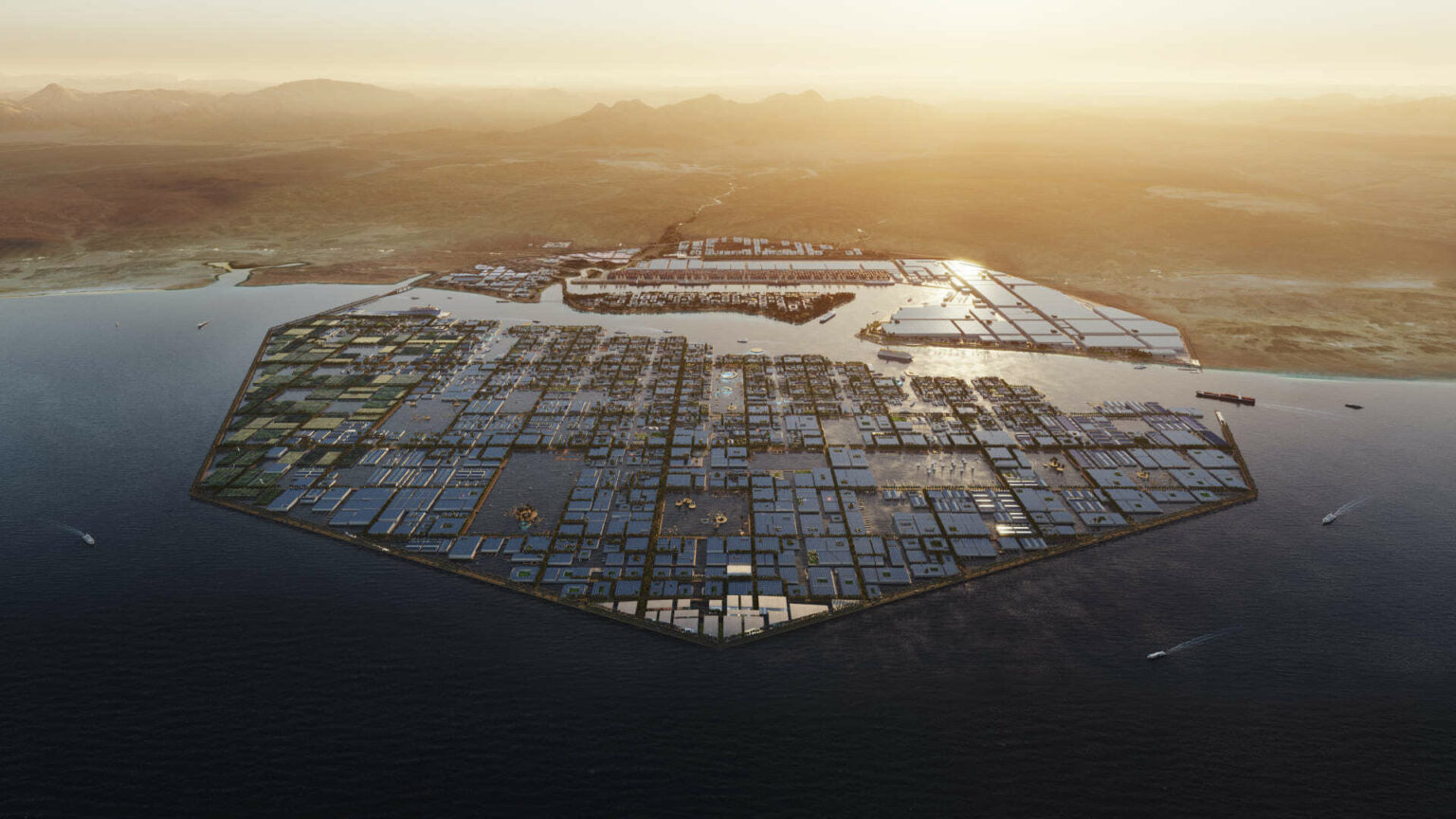Hydrogen production is witnessing significant growth, moving past previous criticisms regarding its carbon emissions. A new innovative project has addressed these concerns, promising zero emissions.
Hydrogen has been heralded as a cornerstone for a sustainable future. Its potential as a renewable fuel lies in its ability to be produced through electrolysis, which uses electricity from renewable sources to split water into hydrogen and oxygen. However, this process is often criticized for its high costs and the substantial energy required, which may not always come from renewable sources.
Despite these challenges, the International Energy Agency (IEA) suggests that green hydrogen could play a pivotal role in reducing CO2 emissions. The IEA estimates that the widespread adoption of green hydrogen could prevent 830 million tons of CO2 emissions annually. However, transitioning to green hydrogen on a global scale would require approximately 3,000 TWh of additional energy per year, equivalent to Europe’s current electricity demand.
Saudi Arabia is spearheading a project that aims to revolutionize hydrogen production on a global scale. The $5 billion green hydrogen plant, set to begin construction in Neom, is scheduled to be operational by 2026. The project, led by NEOM Green Hydrogen Company (NGHC), is poised to become the world’s largest hydrogen plant, with a capacity to produce up to 600 tons of hydrogen per day without carbon emissions.
This initiative marks a significant milestone in integrating solar and wind energy into hydrogen production. The plant’s reliance on renewable energy sources positions it as a leader in the energy transition and aligns with Saudi Arabia’s ambition to become a major hydrogen exporter. The project also includes an exclusive agreement for the global export of green ammonia derived from the hydrogen produced, reflecting a commitment to sustainable development.
While the Saudi project is ambitious, it is essential to compare it against industry benchmarks to gauge its potential impact. Currently, the largest operational green hydrogen plants, such as those in Europe and the United States, have capacities significantly lower than the planned Neom plant. For instance, Air Liquide’s green hydrogen plant in Canada has a production capacity of 20 tons per day. Thus, the Neom plant’s scale is unprecedented and sets a new benchmark for the industry.
However, the project’s success hinges on several factors, including technological advancements, cost reductions in renewable energy, and the ability to scale production efficiently. The cost of producing green hydrogen remains a critical challenge. According to recent studies, green hydrogen production costs are currently around $6 per kilogram, compared to $1-2 per kilogram for gray hydrogen produced from natural gas. The Neom project will need to significantly lower these costs to be economically viable and competitive.
Strategically, Saudi Arabia’s investment in green hydrogen aligns with its broader vision of economic diversification and reducing dependency on oil exports. The country’s Vision 2030 plan emphasizes the development of renewable energy sources and technological innovation. The Neom hydrogen plant could potentially position Saudi Arabia as a global leader in renewable energy and hydrogen production.
Economically, the project represents a substantial investment in the future of clean energy. If successful, it could pave the way for further investments in hydrogen infrastructure and technology, both within Saudi Arabia and globally. However, the economic viability of such large-scale projects will depend on continued advancements in technology and reductions in production costs.





